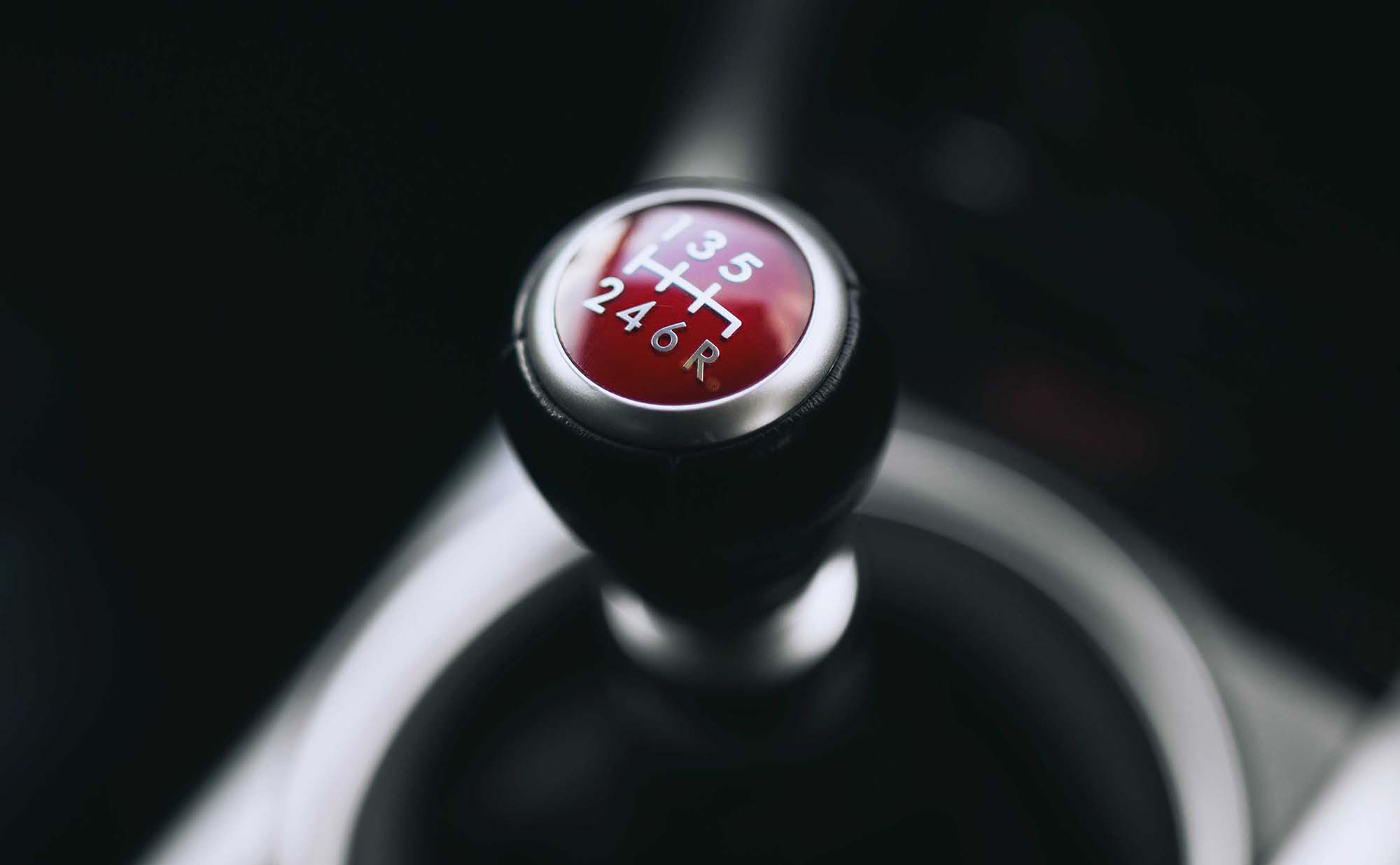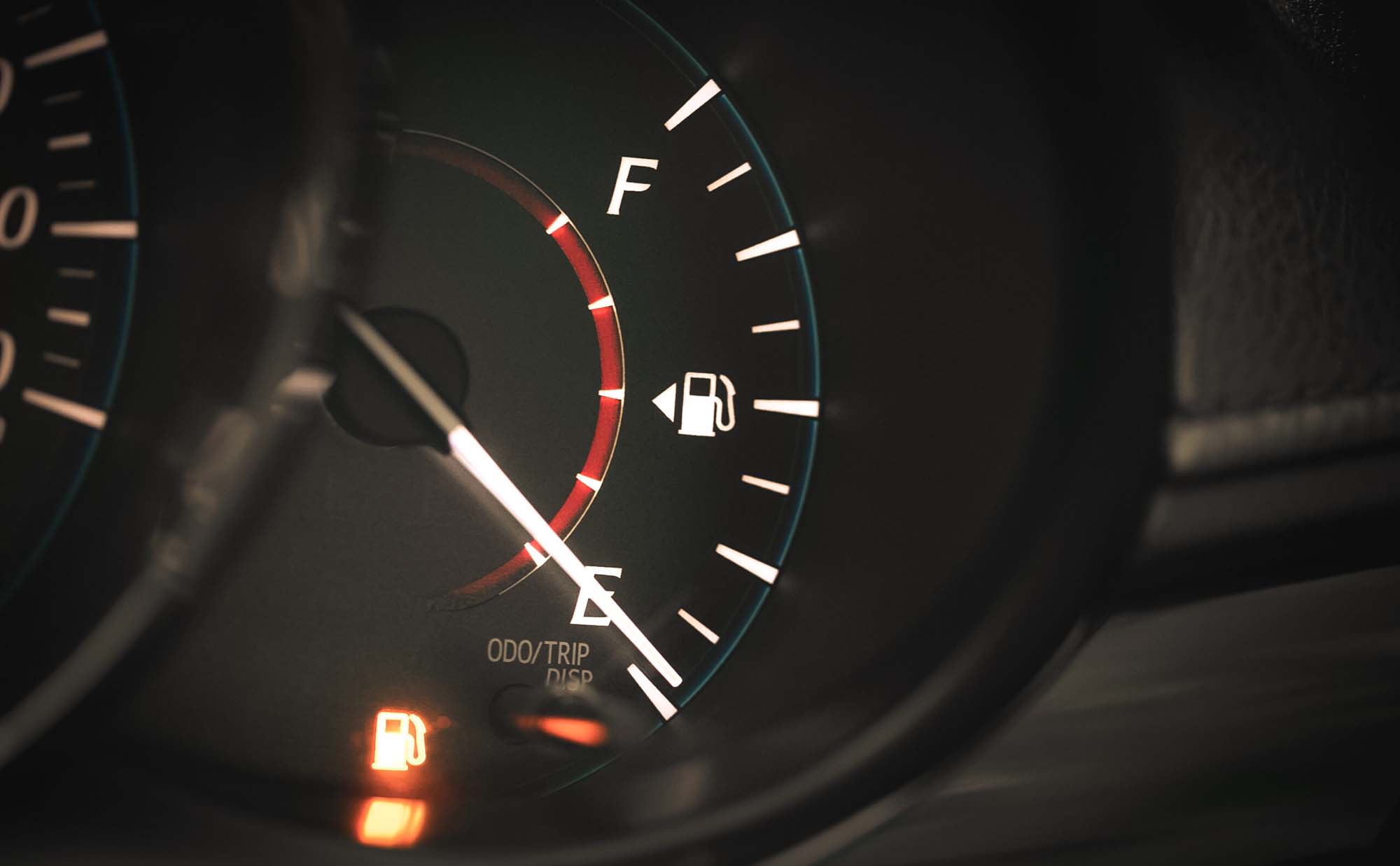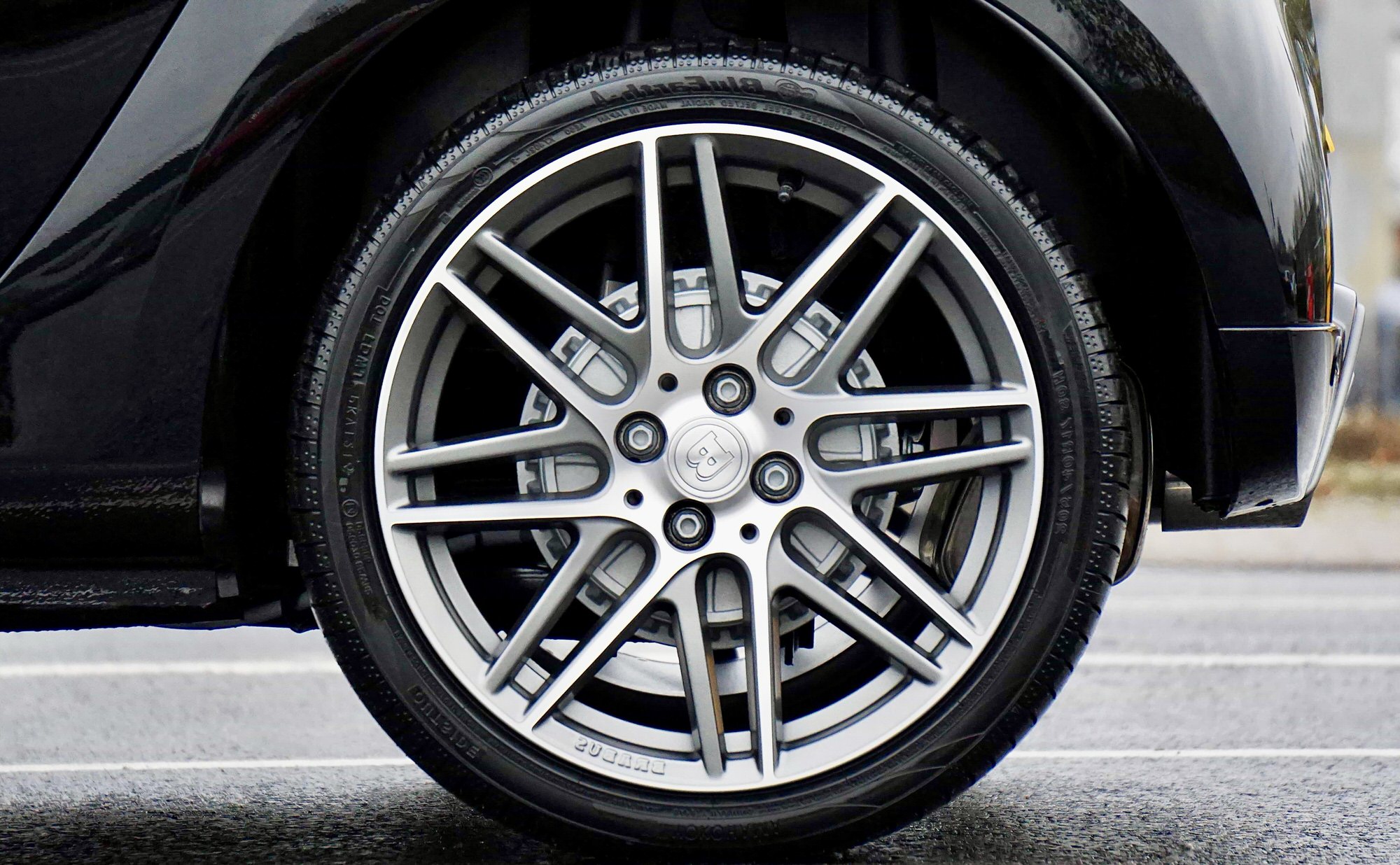When people get their first car, they are typically barraged with various rules of thumb and old wisdom. Some of this is great, but some needs updating.
There has been an unspoken agreement for decades that manual transmission cars get better fuel economy than automatics. The argument is that when the driver is in control of all variables related to gear changes and situational driving they are more effective than the preset gear ratios of an automatic transmission. The question is, though, with all of the advancements in vehicles in the last half-century, is this still true? Let’s look at this and some other stick-shift myths below.
Do Manual Transmissions Get Better Fuel Economy?
Once upon a time, probably yes. Today? Not so much. In the past, it was pretty much a given that vehicles with manual transmissions would be more fuel-efficient than their automatic counterparts. But as automatics become more advanced and gained additional gears, they have now overtaken manuals in terms of fuel economy.
You can grab many examples from the spec sheets of modern cars, here is one from Ford:
- The 2014 Ford Focus offers a six-speed automatic version that performs very well, getting 33 mpg combined (28 city/40 highway) versus 30 mpg combined (26 city/36 highway) for the manual transmission.
Why Are Modern Automatic Transmissions Better?
The reason manual transmissions used to get better mileage is that you put the car in the gear, take your foot off the clutch, and the car is “locked” in that gear until you remove it. This is why a car with a manual transmission will stall if you come to a stop without taking it out of gear. Automatics of old used a viscous, fluid coupling, which allowed the transmission to “slip” when you’re stopped at a light, to prevent the engine from stalling. BUT, that same fluid coupling that allowed the transmission to slip at low speeds was reducing mileage at higher speeds.
Today’s automatic transmissions have some new tech that fixed these inefficiencies. The lock-up torque converter solved this problem by, essentially, allowing an automatic transmission to “lock” into gear (automatically) at higher speeds, like a manual transmission would — and then unlock when you slow down and need a traditional automatic transmission again. When you add this development to constantly variable transmissions (CVTs) that use pulleys to constantly adjust the gear ratio, giving them, theoretically, an infinite number of gears, you get exceptional fuel economy with no intervention from the driver.
Beyond these points, and with fuel economy numbers being all but equal between the two transmission types, it just becomes a matter of taste. Find the car that best suits your driving style and you can trust the fuel economy will be almost identical in a new vehicle.
Maintenance is Key
Of course, you won’t get proper performance from either type of transmission if it isn’t in top shape. If your auto is shifting funny, or you are hearing strange noises from your manual, it’s probably time to bring it in. Transmission trouble is finicky stuff, but we should be able to sort you out. Stop by or give us a shout.




